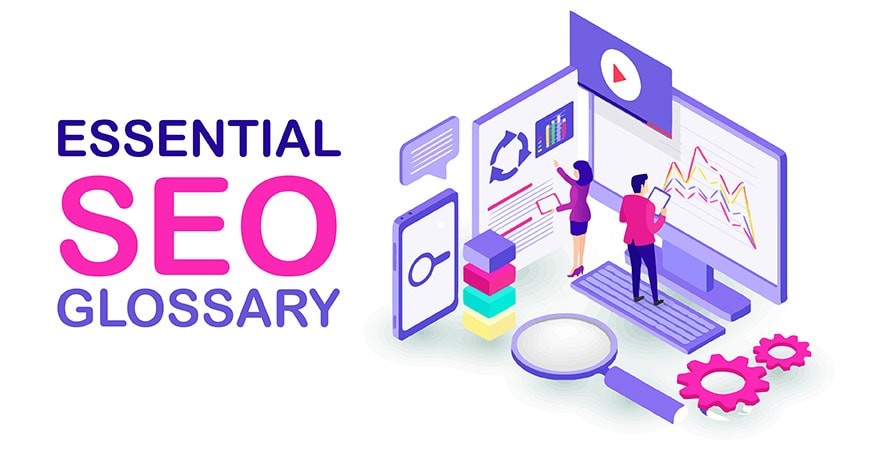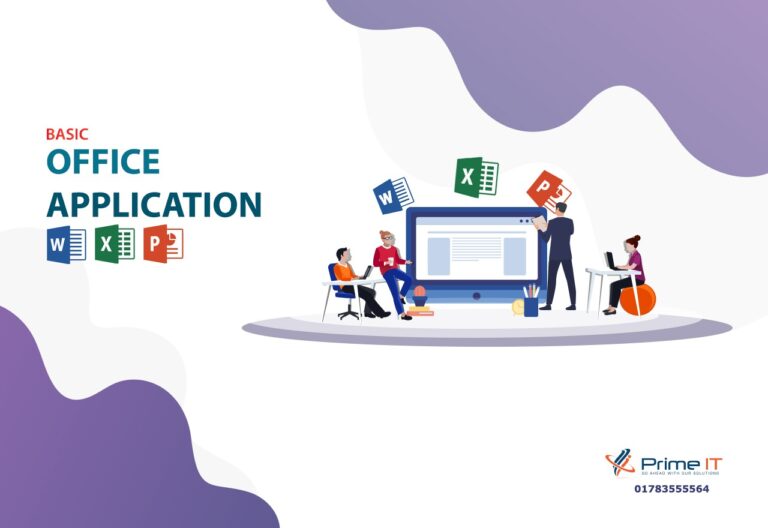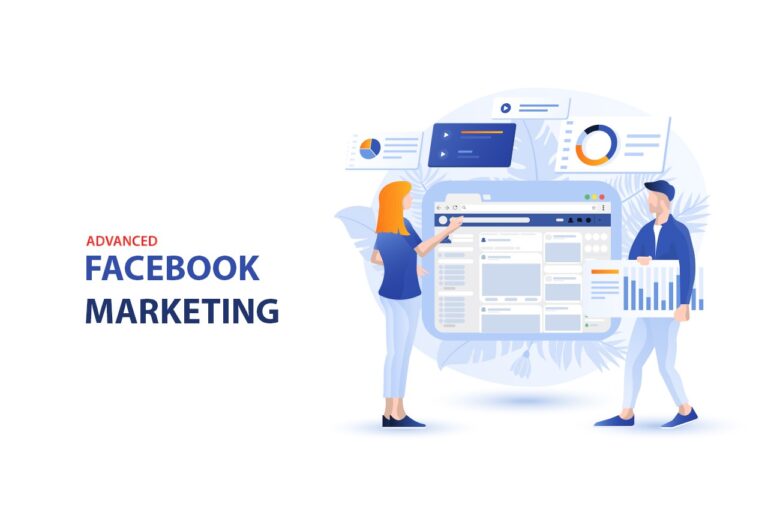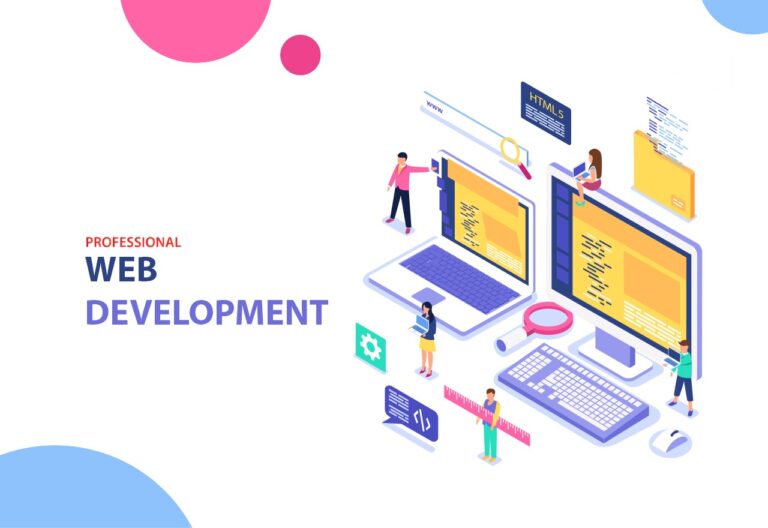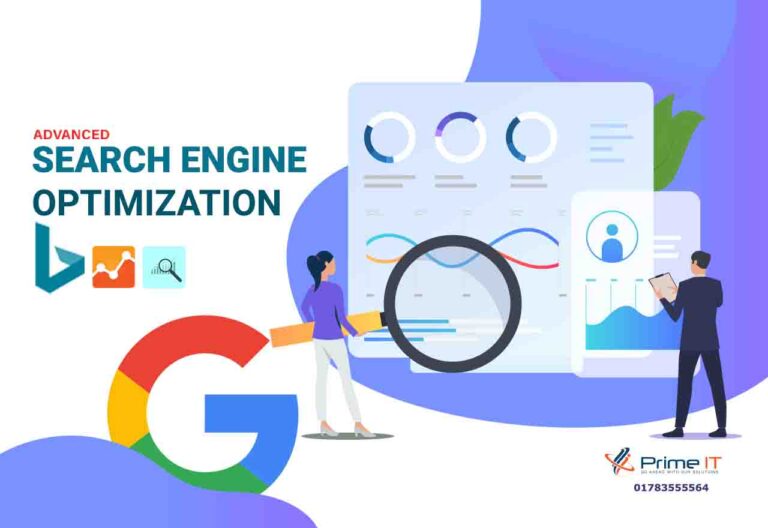Here are some Essential SEO Glossary which a marketer should know to build his/her career as a professional SEO Expert. This is a list of most essential search engine optimization (SEO) terms to help marketers communicate with developers and understand how to optimize their websites.
301 Redirect – A way to make one web page redirect the visitor to another page. Whenever you change the web address of a page, apply a 301 redirect to make the old address point to the new one. This ensures that people who have linked to or bookmarked the old address will automatically get to the new one, and search engines can update their index.
A
ALT Text/Tag or Attribute – A description of an image in your site’s HTML. Unlike humans, search engines read only the ALT text of images, not the images themselves. Add ALT text to images whenever possible.
Anchor Text – The actual text of a link to a web page. On most websites, this text is usually dark blue and underlined, or purple if you’ve visited the link in the past. Anchor text helps search engines understand what the destination page is about; it describes what you will see if you click through.
B
Blog – A part of your website where you should regularly publish content (e.g. commentary on industry/company topics, descriptions of events, photos, videos, etc.). Each blog post on your website is a new page that a search engine sees, and therefore a new opportunity to get found online. Make sure you keep your blog within your own domain.
Bookmark – A link to a website saved for later reference in your web browser or computer. Social bookmarking sites (example: Delicious.com) let users share websites they like with each other. Having links to your site in social bookmarking sites is a sign to crawlers that your website content is interesting to people.
C
Canonical URL – The canonical URL is the best address on which a user can find a piece of information. Sometimes you might have a situation where the same page content can be accessed at more than one address. Specifying the canonical URL helps search engines understand which address for a piece of content is the best one.
Conversion Form – A form through which you collect information about your site visitor. Conversion forms convert traffic into leads. Collecting contact information helps you follow up with these leads.
CSS (Cascading Style Sheets) – The part of your code that defines how different elements of your site look (examples: headers, links).
D
Directory – Just like directories for people and phone numbers, there are directories for websites. Submitting your site to a directory gives you more than just an inbound link; it helps people find you. The most popular web directories are Yahoo! Directory and Dmoz.
Domain – The main web address of your site (example: www.yoursite.com). It’s good to renew ownership of your domain for several years. Search engine rankings favor websites with longer registrations because it shows commitment.
The Fold – The “fold” is the point on your website where the page gets cut off by the bottom of a user’s monitor or browser window. Anything below the fold can be scrolled to, but isn’t seen right away. Search engines place some priority on content above the fold, since it will be seen right away by new visitors. Having too many ads above the fold can be seen as a negative issue, too. (See Panda).
H
Headings – Text on your website that is placed inside of a heading tag, such as an H1 or H2. This text is often presented in a larger and stronger font than other text on the page.
HTML – The code part of your website that search engines read. Keep your HTML as clean as possible so that search engines read your site easily and often. Put as much layout-related code as possible in your CSS instead of your HTML.
I
Inbound Link – A link from one site into another. A link from another site will improve your SEO, especially if that site has a high PageRank.
Internal Link – A link from one page to another on the same website, such as from your homepage to your products page.
Indexed Pages – The pages of your website that are stored by search engines.
J
Javascript – A scripting language that allows website administrators to apply various effects or changes to the content of their website as users browse it. Search engines often have difficulty reading content that is inside of Javascript, but they are getting better at it over time.
K
Keyword – A word that a user enters in search. Each web page should be optimized with the goal of drawing in visitors who have searched specific keywords.
L
Link Building – The activity and process of getting more inbound links to your website for improved search engine rankings.
Long Tail Keyword – An uncommon or infrequently searched keyword, typically with two or more words in the phrase. Small businesses should consider targeting long tail keywords, as they are lower difficulty and often have more qualified searchers. Common keywords such as ‘software’ are more competitive, and very hard to rank high for them in search.
M
Metadata – Data that tells search engines what your website is about.
Meta Description – A brief description of fewer than 160 characters of the contents of a page and why someone would want to visit it. This is often displayed on search engine results pages below the page title as a sample of the content on the page.
Meta Keywords – Previously used by search engines in the 90s and early 00s to help determine what a web page was about, the meta keywords tag is no longer used by any major search engines.
mozRank – A logarithmic ranking provided by SEOmoz from 0-10.0 of the number and quality of inbound links pointing to a certain website or page on that website. A 10.0 is the best linked-to page on the internet, and a 0 has no recognized inbound links.
N
Nofollow – When a link from one site does not pass SEO credit to another. Do not use nofollow when linking to internal pages in your website. Use it when linking to external pages that you don’t want to endorse.
P
Page Title – The name you give your web page, which is seen at the top your browser window. Page titles should contain keywords related to your business. Words at the beginning of your page title are more highly weighted than words at the end.
PageRank – A number from 0-10, assigned by Google, indicating how good your overall SEO is. It is technically known as ‘Toolbar PageRank.’ Note: PageRank relevancy is changing.
Panda – Refers to a series of updates released by Google to its search engine ranking algorithm that are intended to discourage people who create large amounts of mediocre content in an attempt to claim many keyword rankings without generating much value for users.
PPC (Pay-Per-Click) – Advertising method in which an advertiser puts an ad in an online advertising venue and pays that venue each time a visitor clicks on his/her ad. Google AdWords is the classic example of this.
R
Ranking Factor – One element of how a search engine determines where to rank a certain page, such as the number of inbound links to a page or the contents of the title tag on that page.
Referrer String – A piece of information sent by a user’s browser when they navigate from page to page on the web. It includes information on where they came from previously, which helps webmasters understand how users are finding their website.
RSS Feed – RSS stands for ‘really simple syndication.’ It is a subscription-based way to get updates on new content from a web source. Set up an RSS feed for your website or blog to help your followers stay updated when you release new content.
S
SERP (Search Engine Ranking Page) – The page that you are sent to after you run a query in a search engine. It typically has 10 results on it, but this may vary depending on the query and search engine in question.
Sitemap – A special document created by a webmaster or a piece of software that provides a map of all the pages on a website to make it easier for a search engine to index that website.
Social Media – Online media created by and shared among individuals. Facebook, YouTube, LinkedIn, Google+, and Twitter are popular social media websites. Links from many social media sites now appear in searches. It’s important to have links to your site spread throughout social media.
Spider – A computer program that browses the internet and collects information about websites.
T
Traffic – The visitors to your site.
Title – The title of a page on your website, which is enclosed in a <title> HTML tag, inside of the head section of the page. It appears in search engine results and at the top of a user’s web browser when they are on that page.
Traffic Rank – The ranking of how much traffic your site gets compared to all other sites on the internet. You can check your traffic rank on Alexa.
URL – The web address of a page on your site (example: www.yoursite.com/contact).
If you want to know more about SEO then you can join our Search Engine Optimization Course. You can also join our Facebook Page named Prime IT Limited for more information.
After all of this I hope and believe that this essential SEO glossary list is very helpful for email marketing professionals and you have got a great idea about email marketing terms.


